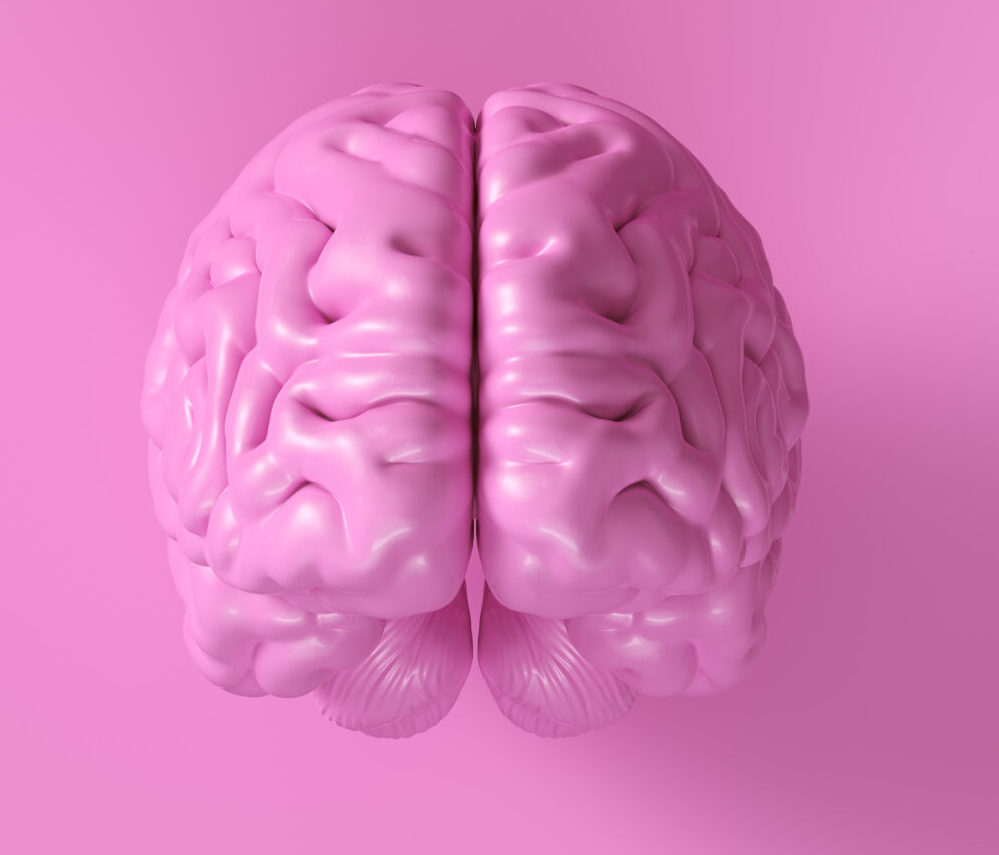Stem cell therapies are emerging as a promising approach to treating neurodegenerative diseases, which affect millions of people worldwide. These diseases, such as Parkinson’s, Alzheimer’s, and multiple sclerosis, are characterized by the progressive loss of neurons and brain function. Stem cells, with their ability to transform into various cell types, offer a potential solution by repairing or replacing damaged cells in the brain and spinal cord.
### How Stem Cells Work in Neurodegeneration
Stem cells can differentiate into specific types of neurons or glial cells that are missing or damaged due to neurodegenerative diseases. This process, known as cell replacement, aims to restore the normal functioning of neural circuits, which can improve motor control, cognitive function, and other affected neurological processes.
Beyond cell replacement, stem cells can also promote tissue regeneration by stimulating surrounding cells to repair damaged tissue. They secrete growth factors and other signaling molecules that encourage the regeneration of nerve cells. Additionally, stem cells can provide neuroprotection by shielding existing neurons from further damage, reducing inflammation, and promoting healing after injury.
### Types of Stem Cells Used
Several types of stem cells are being explored for neurodegenerative diseases:
– **Embryonic Stem Cells**: These cells have the ability to differentiate into almost any cell type, including neurons. However, their use is limited by ethical concerns and the risk of immune rejection.
– **Induced Pluripotent Stem Cells (iPSCs)**: These are adult cells reprogrammed into a pluripotent state, similar to embryonic stem cells. They can be derived from the patient’s own tissues, reducing the risk of immune rejection and making them an attractive option for personalized therapies.
– **Mesenchymal Stem Cells (MSCs)**: Typically derived from bone marrow or adipose tissue, MSCs have shown promise in promoting neuroprotection, reducing inflammation, and aiding tissue repair, although their ability to differentiate into neurons is more limited.
### Key Neurological Conditions Targeted
Stem cell therapies are being investigated for several neurodegenerative conditions:
– **Parkinson’s Disease**: This disease involves the loss of dopamine-producing neurons. Stem cell therapy aims to replace these neurons, restore motor function, and alleviate symptoms.
– **Alzheimer’s Disease**: Stem cells could potentially regenerate neurons and restore lost cognitive function. They are also used to create brain tissue models for drug testing.
– **Multiple Sclerosis (MS)**: MS damages the myelin sheath surrounding neurons. Stem cell therapy focuses on repairing the damaged myelin or replacing the cells responsible for producing it.
– **Spinal Cord Injuries**: These injuries often result in permanent paralysis. Stem cell therapies are being explored to promote nerve regeneration and restore lost function.
– **Stroke**: Stem cells can be used to regenerate brain cells and stimulate recovery in areas damaged by a stroke.
### Future Prospects
While stem cell therapies for neurodegenerative diseases are still in the experimental stages, they hold significant promise. Ongoing research aims to overcome the challenges associated with these treatments, such as ensuring the safety and efficacy of stem cell transplants. As technology advances and more is understood about how stem cells interact with the nervous system, these therapies may become a viable option for patients suffering from these debilitating conditions.

